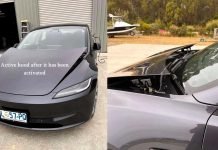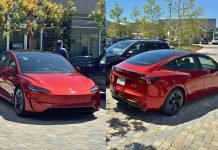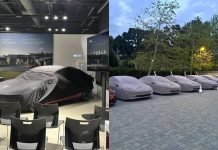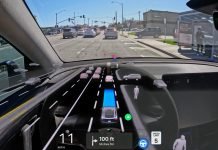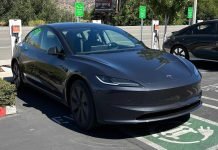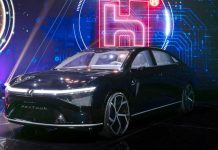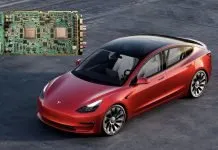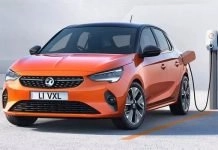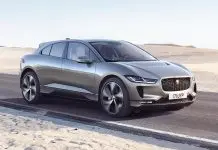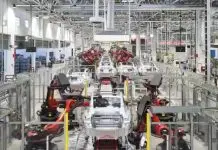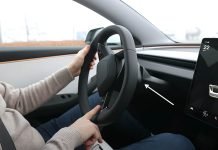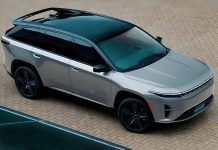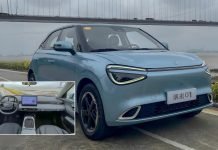From the high-performance Model S to the budget-friendly Model 3, Tesla’s range of electric cars has continually pushed the boundaries of what is possible in automotive engineering. Now, the buzz is building around Tesla’s next-generation electric vehicle, a car that promises to be both groundbreaking and more accessible to the average consumer.
Let’s have a comprehensive look at what we can expect from this exciting new addition to Tesla’s lineup. Drawing on various insights and speculations, we aim to paint a picture of Tesla’s future EV design philosophy, features, affordability, and potential impact on the broader automotive market.
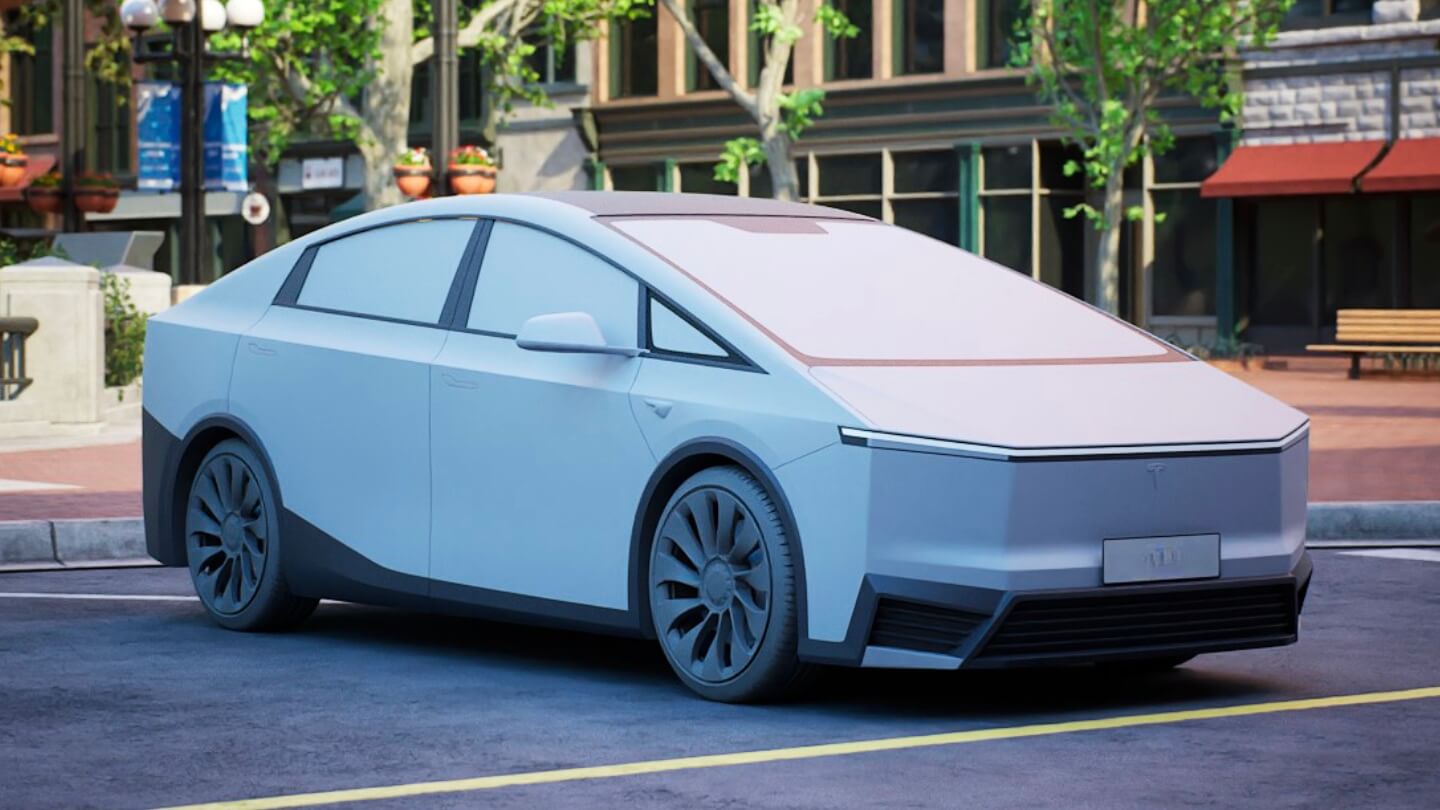
Tesla’s Next Project: Mass Market Car
While Tesla has been known for pushing the envelope when it comes to vehicle design – most notably with the Cybertruck, the company’s upcoming EV takes a somewhat different approach. During Tesla’s earnings call, Elon Musk emphasized that this new vehicle will be more conventional in its design. This move aimed at simplifying production and making the car more accessible. However, “conventional” in Tesla’s lexicon doesn’t mean boring or uninspired. Musk has described the vehicle as “cool,” “beautiful,” and “utilitarian,” indicating that while it may not have the radical aesthetics of the Cybertruck, it will still be a head-turner in its own right.
While the next-gen EV leans more towards traditional automotive design, it doesn’t entirely abandon the futuristic elements that Tesla is known for. The vehicle is expected to incorporate design cues and features that give it a modern, forward-looking feel. This is where the Cybertruck’s influence comes into play. Although the next-gen EV won’t be as radical as the Cybertruck, it will draw inspiration from its groundbreaking design. This means that consumers can expect a vehicle that not only fits more seamlessly into today’s automotive landscape but also offers a glimpse into the future of electric cars.
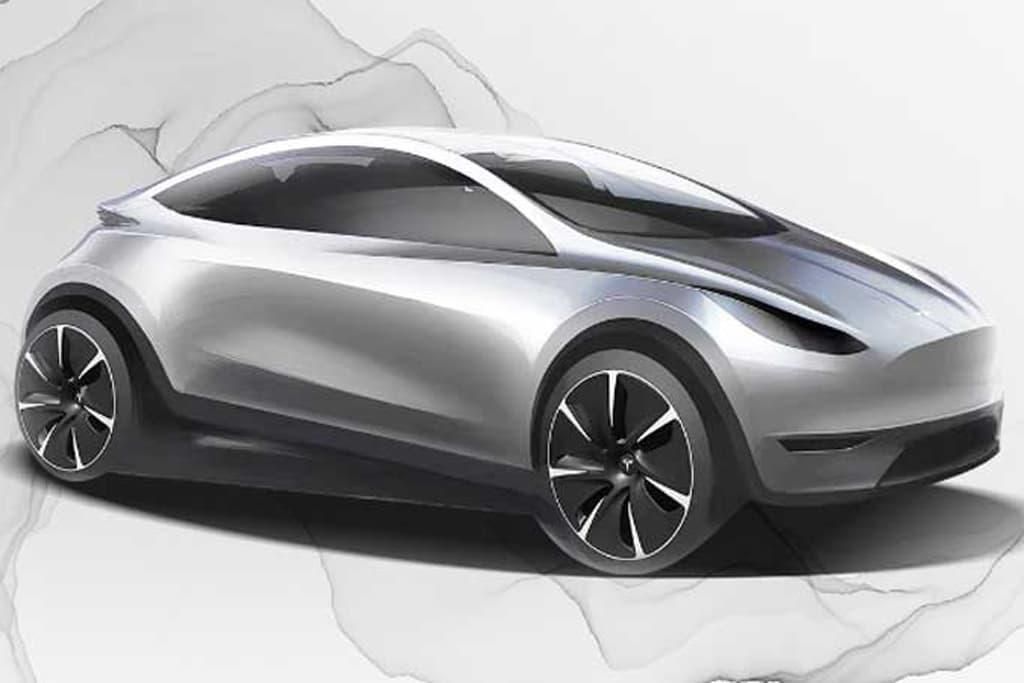
By striking this balance between conventional aesthetics and futuristic undertones, Tesla aims to create a vehicle that appeals to a broad range of consumers, from those who appreciate the familiarity of traditional car design to those eager for a taste of what the future holds.
Features and Variants
In line with Tesla’s tradition of offering cutting-edge technology, the next-gen EV is set to come in multiple variants that cater to different consumer needs and preferences. Whether you’re an early adopter of autonomous driving technology or someone who prefers a more traditional driving experience, this vehicle has something for everyone.
The Robotaxi Version
One of the most anticipated variants of Tesla’s future EV is its Robotaxi variant. This isn’t just an add-on but a core component of the vehicle, engineered from the ground up to function without human intervention. This aligns perfectly with Tesla’s broader vision for the future of transportation, which includes reducing traffic congestion and lowering the cost of travel by eliminating the need for a human driver.
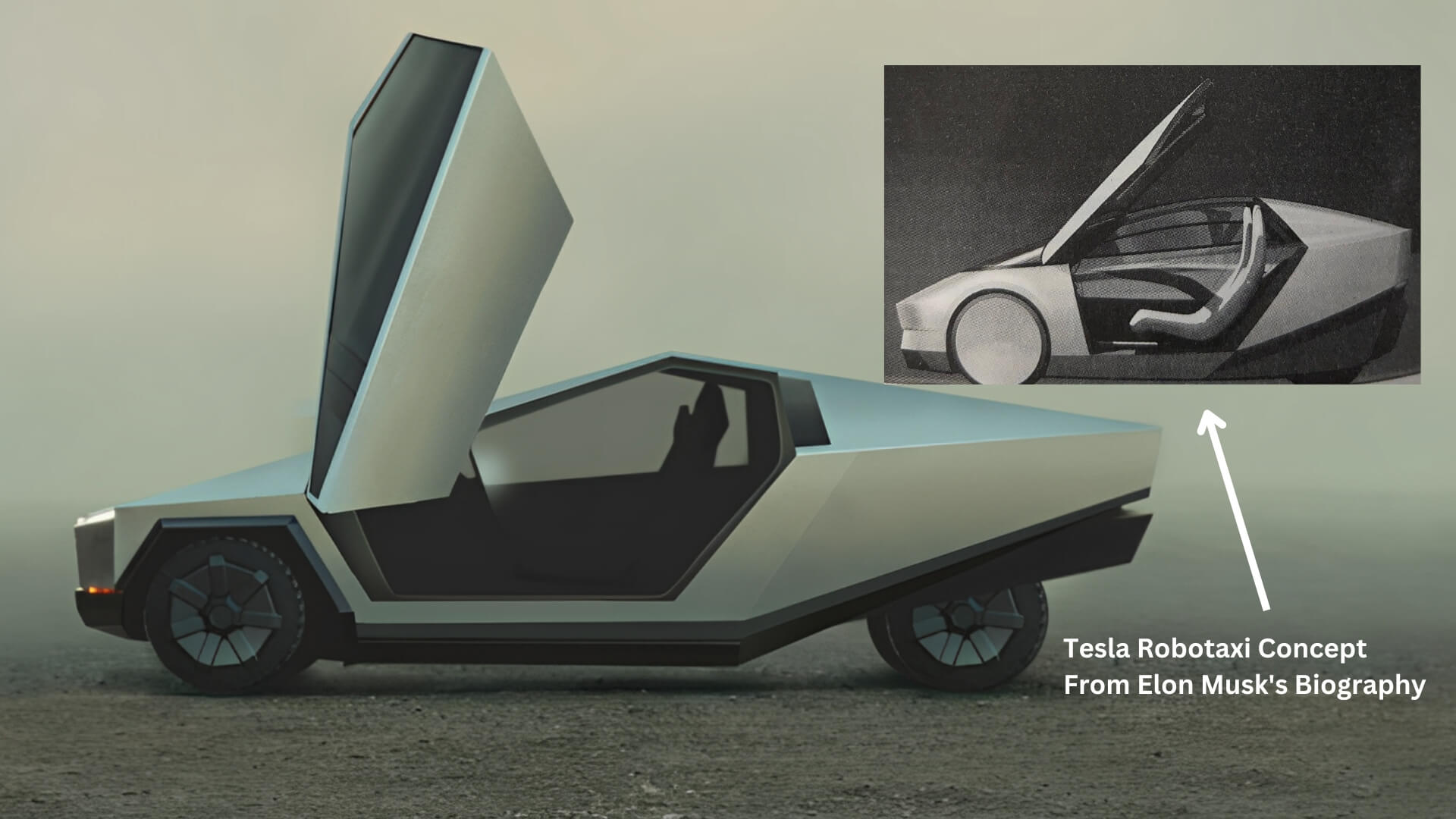
The Standard Version
Understanding that full autonomy might not be for everyone, Tesla is also planning a standard version of the next-gen EV. This variant will feature more conventional controls, including a steering wheel and pedals, allowing for manual operation. However, it will still come equipped with Tesla’s advanced safety features and offer the option for partial autonomy, providing a balanced blend of innovation and familiarity.
By offering these two distinct variants, Tesla ensures that its next-gen EV can cater to a broad spectrum of consumers. This strategic move not only broadens the vehicle’s market appeal but also brings us one step closer to a future where electric, autonomous vehicles are the norm rather than the exception.
Affordability and Accessibility
One of the most compelling aspects of Tesla’s next-gen EV is its focus on affordability and accessibility, aiming to bring electric mobility to a much broader audience.
With an expected price tag of $25,000, the next-gen EV is set to be one of the most affordable electric vehicles on the market. This is a significant milestone, not just for Tesla but for the automotive industry as a whole. By breaking the price barrier that has often been a hurdle for potential EV buyers, Tesla is making a strong statement about the future of electric cars. This pricing strategy could very well catalyze a broader shift towards electric vehicles among mainstream consumers, accelerating the transition to sustainable transportation.
To achieve this level of affordability without compromising on quality or performance, Tesla plans to implement several innovative cost-saving measures. One such measure is the use of lithium phosphate battery packs, which are generally less expensive than other types of lithium-ion batteries but still offer excellent performance and longevity. Additionally, the company plans to integrate structural batteries into the vehicle’s frame. Unlike traditional battery packs that are separate components, structural batteries are part of the car’s structure, saving both space and material costs.
Production and Market Impact
Tesla has set its sights high with ambitious production plans, aiming to dominate not just the electric vehicle market but the global automotive market as a whole. The next-gen EV plays a crucial role in this strategy. Given its expected affordability and groundbreaking features, the vehicle is designed to attract a wide range of consumers. This broad appeal necessitates a scaling-up of production capabilities, and Tesla is already investing in expanding its manufacturing facilities, including Gigafactories, to meet this demand.
The next-gen EV is not just designed to be a sales driver, it’s intended to be a market disruptor. By offering a high-quality, affordable electric vehicle with both autonomous and manual driving options, Tesla is setting a new standard that other manufacturers will likely strive to meet. The vehicle’s potential to attract a broad spectrum of consumers—from tech enthusiasts eager for full autonomy to traditional drivers just beginning to explore the benefits of electric vehicles—positions it as a catalyst for a larger shift towards electric mobility.
Conclusion
As we’ve explored in this comprehensive look at Tesla’s upcoming next-gen EV, the vehicle promises to be a revolutionary addition to the automotive market. With its balanced design philosophy that blends conventional aesthetics with futuristic elements, its focus on offering multiple variants to cater to different consumer needs, and its commitment to affordability, Tesla is setting the stage for the next big leap in electric mobility.
Tesla’s next project is poised to be a pivotal milestone in the automotive industry, one that could accelerate the world’s transition to sustainable energy and transform our concept of what a car can be. Whether you’re a Tesla enthusiast or simply interested in the future of transportation, this is one vehicle that should definitely be on your radar.

